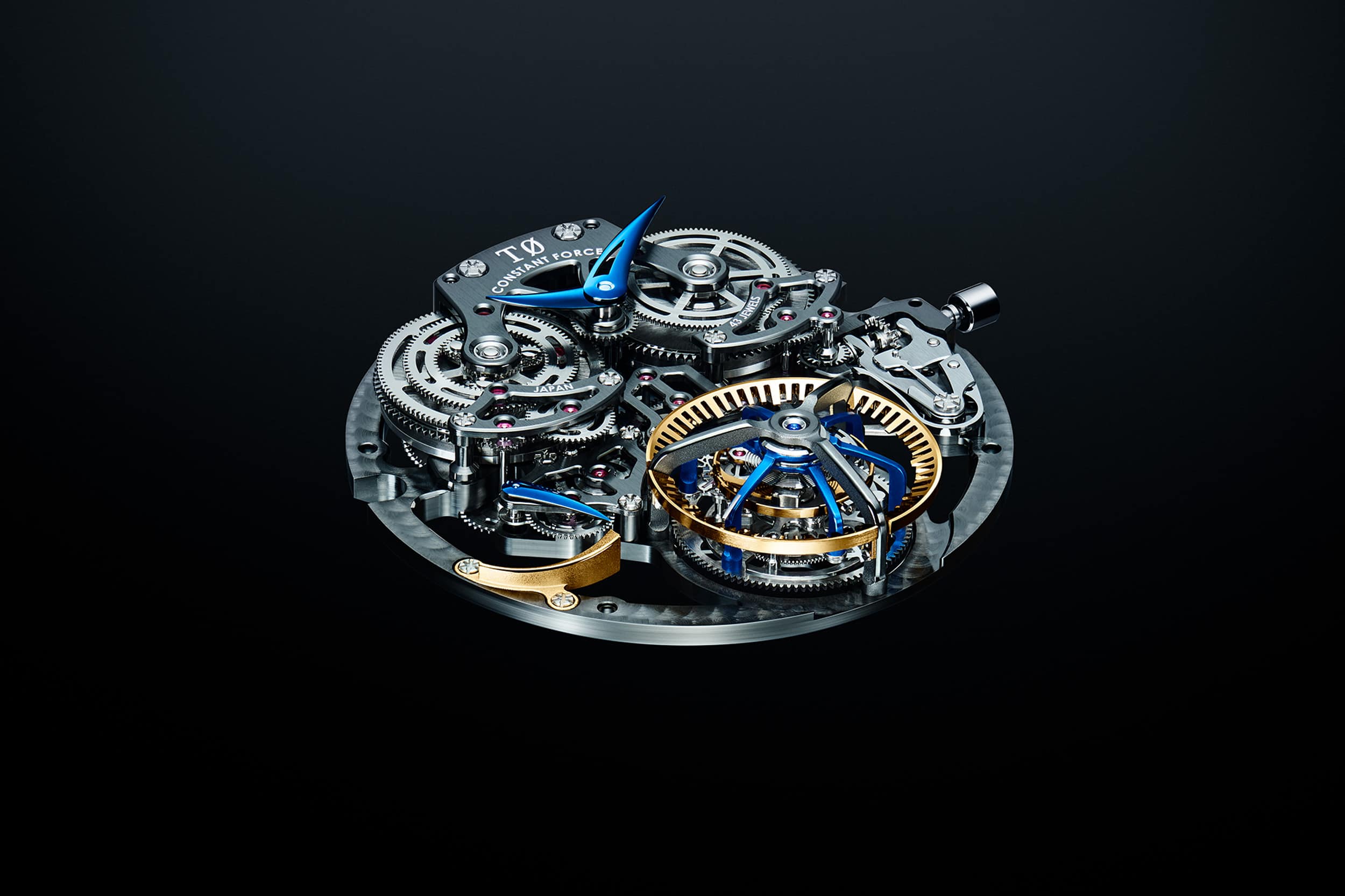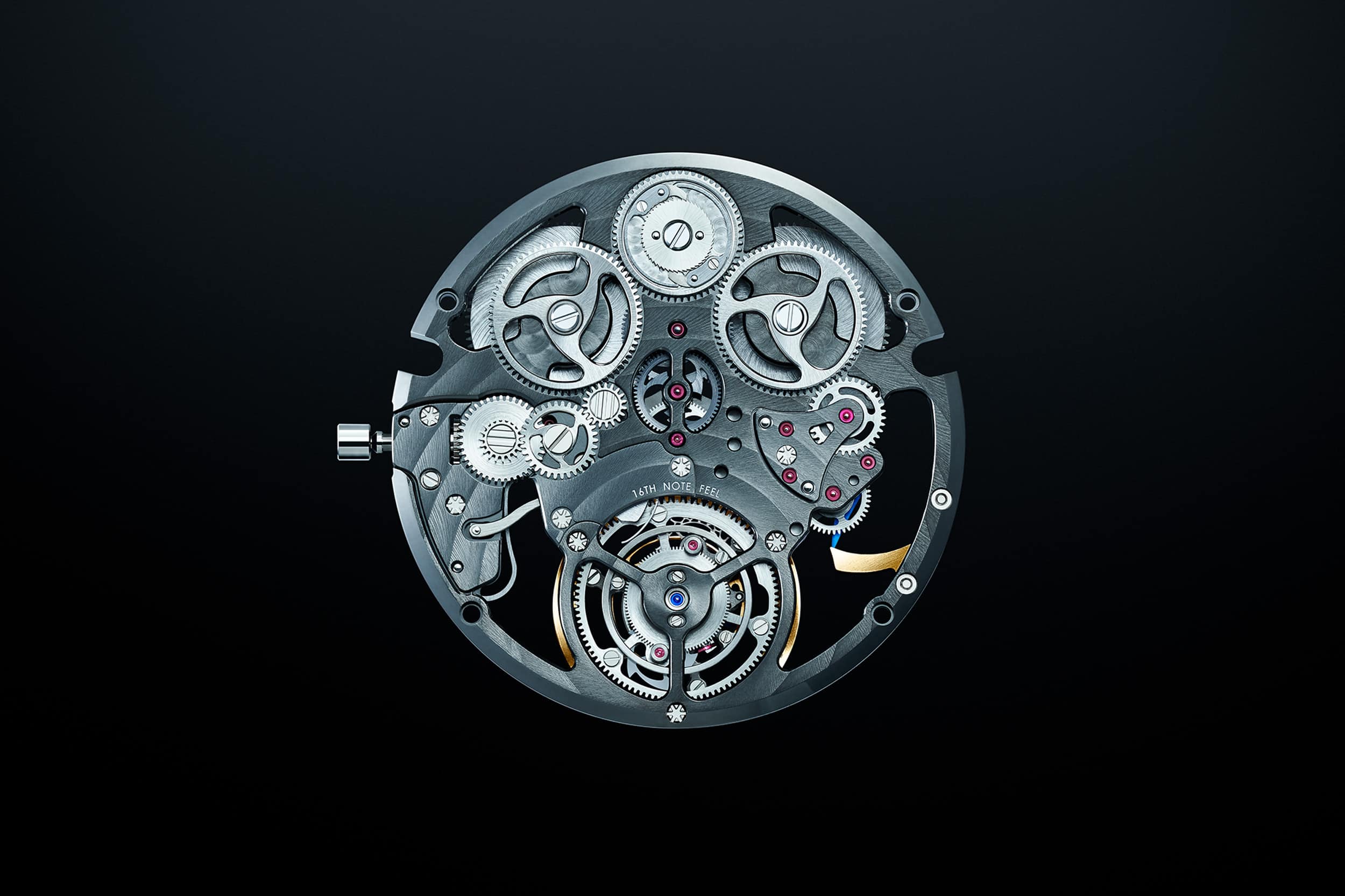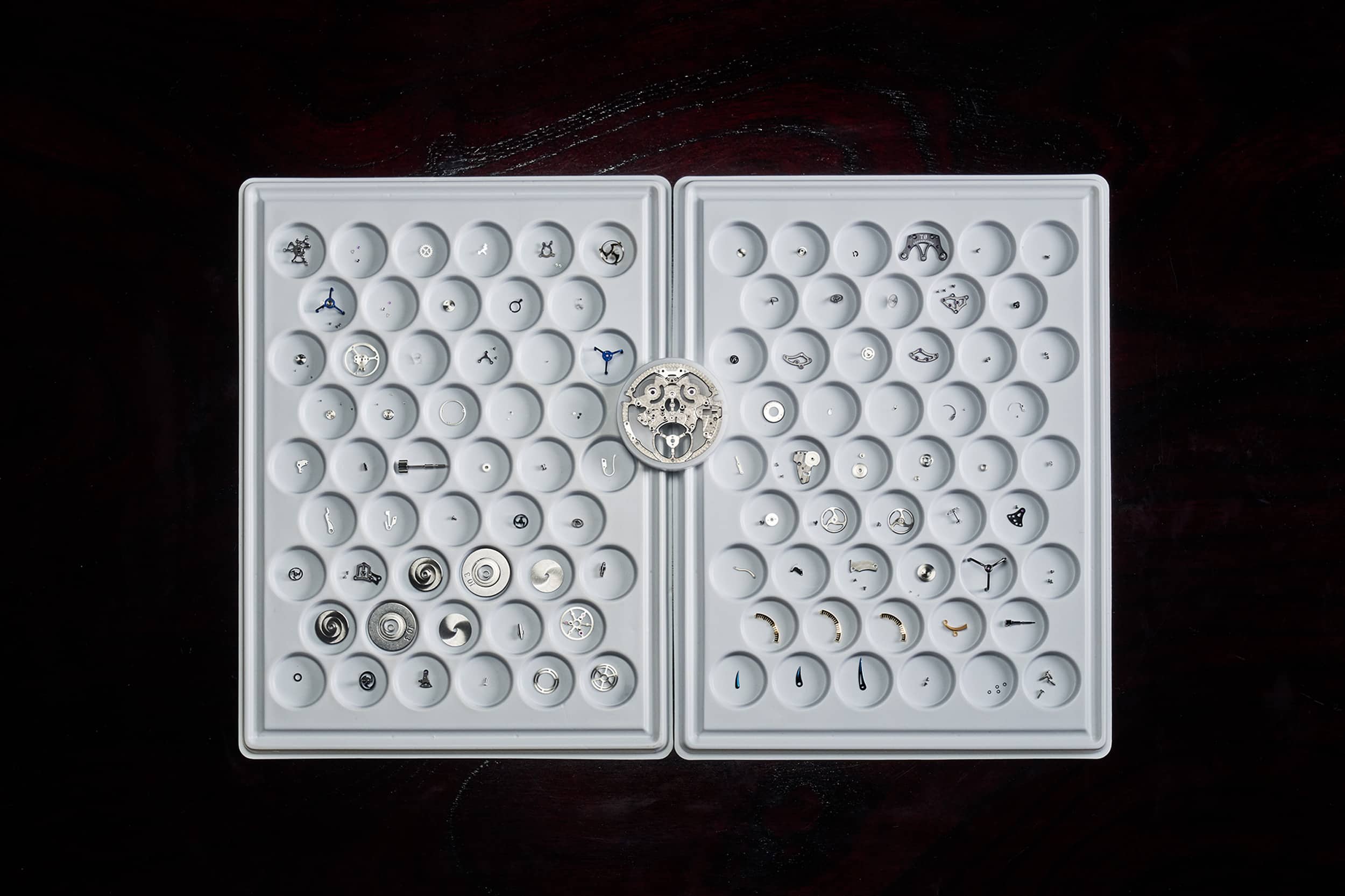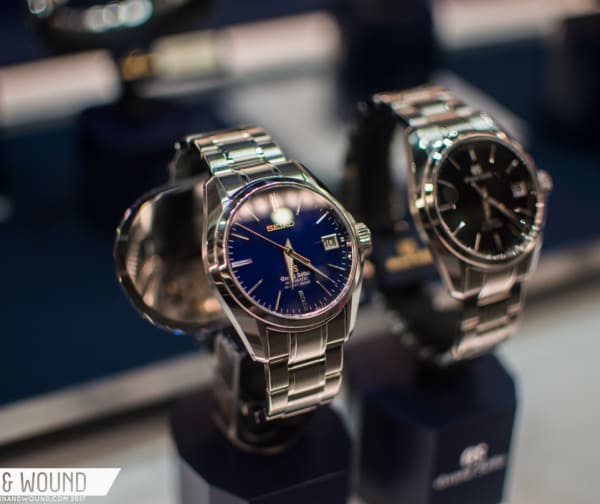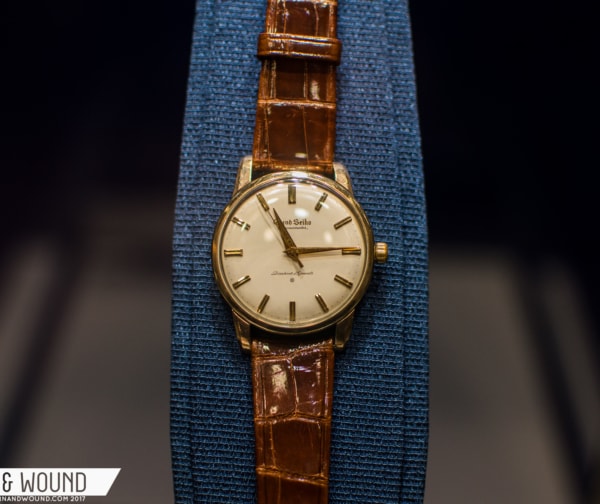Grand Seiko shared some surprising news last week: the brand has developed a new movement featuring a tourbillon and constant force mechanism. This is a very big deal for the brand, which has never produced a tourbillon enabled wristwatch, much less any movement featuring a remontoire (although Credor, which falls under the Seiko umbrella, produced a tourbillon in 2016). Still, it makes sense for the brand, when you consider certain recent breakthroughs they’ve made in movement tech, and their history of focusing like a laser beam on chronometry.
To understand how this movement came about, it’s best to go back to the introduction of the 9SA5 caliber, which we covered earlier this year. This high beat movement, with an extended power reserve, was introduced in the SLGH002, a solid gold dress watch that’s very much a halo product for Grand Seiko in their 60th anniversary year. Among this movement’s many novel features is a brand new dual impulse escapement, which dramatically improves efficiency in the 9SA5, allowing for the 80 hour power reserve and a high level of accuracy throughout the duration of that 80 hour period. One of the great problems in movement making is compensating for the negative effect on timekeeping as the mainspring loses power. The 9SA5’s escapement, along with some creative MEMS manufacturing techniques that Grand Seiko has pioneered, go a long way to mitigating the issue.
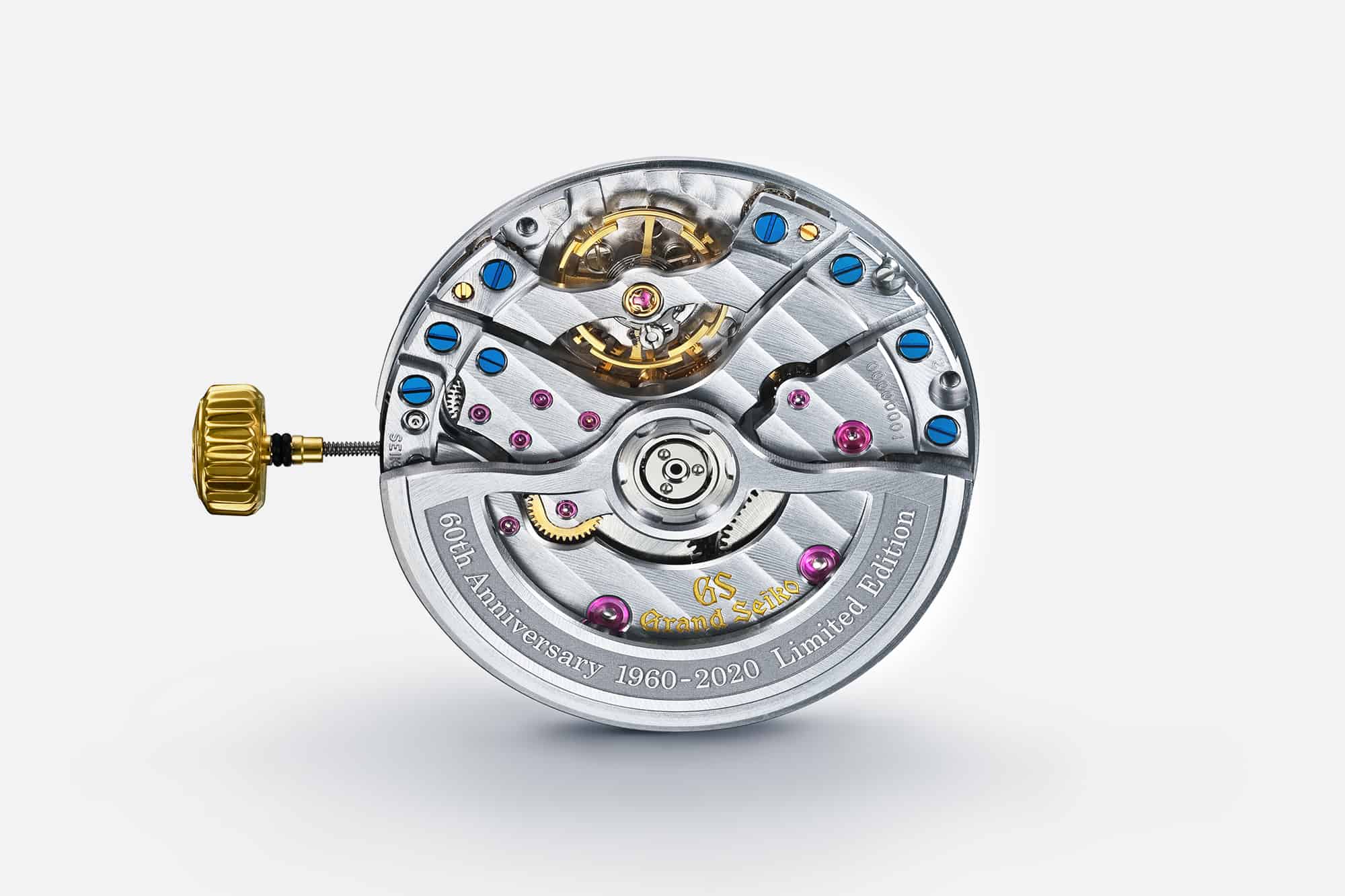









 Featured Videos
Featured Videos





